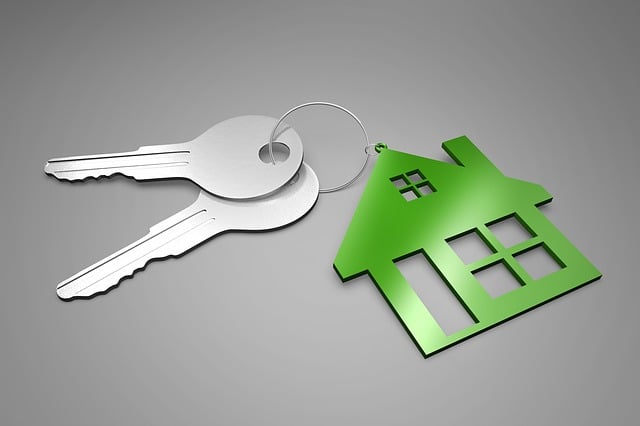Conveyancing is a crucial process when it comes to buying or selling a property. It involves transferring the legal ownership of a property from one person to another. The process can be complicated and time-consuming, which is why it’s essential to understand the steps involved before getting started.
Step 1: Finding a Conveyancer
The first step in the conveyancing process is finding a conveyancer. A conveyancer is a licensed professional who specializes in property law and is responsible for handling the legal aspects of buying or selling a property. They will help you with everything from preparing and reviewing contracts to conducting searches and handling the settlement process.
Here are some tips to help you find a conveyancer:
- Ask for recommendations: Ask friends, family, or colleagues who have recently bought or sold a property for recommendations. Personal recommendations can be very helpful in finding a conveyancer who is reliable and efficient.
- Do your research: Conduct an online search for conveyancers in your local area. Look for reviews and testimonials from previous clients to get an idea of their reputation and level of service.
- Check credentials: Ensure that the conveyancer you choose is licensed and registered with the relevant state or territory authority. This will ensure that they are qualified to provide conveyancing Melbourne and are bound by professional standards.
- Get quotes: Contact several conveyancers and ask for a quote for their services. Compare the costs and services offered to ensure that you get the best value for your money.
- Ask questions: Once you have narrowed down your list of potential conveyancers, ask them questions about their experience, qualifications, and the services they offer. This will help you choose a conveyancer who is the right fit for your needs.
Step 2: Exchange of Contracts
The next step in the process is the exchange of contracts. This is when the buyer and seller sign the contract and exchange copies, making the agreement legally binding. By working with a qualified conveyancer, you can ensure that the exchange of contracts runs smoothly, and your property transaction is completed successfully. The conveyancer will ensure that all the necessary details are included in the contract and that both parties understand the terms and conditions of the agreement.
Step 3: Searches and Inspections
Before the settlement, the conveyancer will conduct searches and inspections to ensure that there are no issues with the property. This may include a building inspection, pest inspection, and title search. By conducting thorough searches and inspections and addressing any issues before the sale is finalized, the buyer can avoid costly repairs or legal disputes down the track. The conveyancer will advise you on any potential issues that may arise and how to proceed.
Step 4: Settlement
The final step in the conveyancing process is the settlement. This is when the buyer pays the balance of the purchase price, and the seller transfers legal ownership of the property to the buyer. The conveyancer will ensure that all the necessary documentation is in place and that the settlement process goes smoothly.
Conclusion
In conclusion, conveyancing is a vital process that should not be overlooked when buying or selling a property. By understanding the steps involved and working with an experienced conveyancer, you can ensure that the process runs smoothly and that you are fully protected throughout the transaction.

